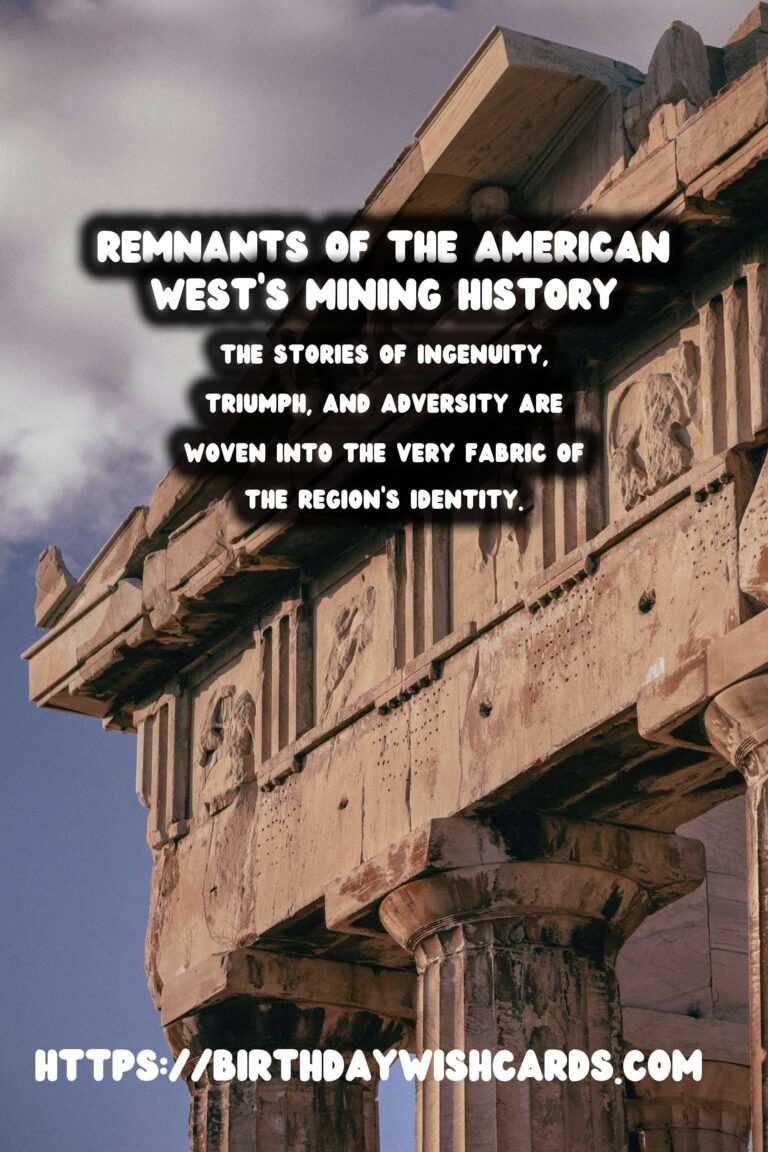
The American West is known for its rugged landscapes, sweeping vistas, and rich history. At the heart of this history lies the booming mining industry, which played a pivotal role in shaping the economy and society of the region.
The Birth of the Mining Era
Mining in the American West dates back centuries, but it was the discovery of gold in the 19th century that truly ignited the spark of exploration and settlement. This era, known as the Gold Rush, drew thousands of hopeful prospectors from across the globe.
The year 1848 marked the beginning of one of the most famous gold rushes in history—when gold was discovered at Sutter’s Mill in Coloma, California. News of this discovery spread like wildfire, fuelling waves of migration toward the West.
Major Mining Towns
Several mining towns sprang up almost overnight, transforming barren landscapes into bustling hubs of activity. Places like Virginia City, Deadwood, and Leadville became synonymous with wealth and opportunity.
Each of these towns had its own unique story to tell. For example, Virginia City prospered largely because of the Comstock Lode, a massive vein of silver ore discovered in 1859.
The Impact on Native American Communities
While mining brought prosperity to some, it also had devastating effects on Native American communities. The influx of settlers often led to conflicts over land and resources, drastically altering the lives and cultures of indigenous peoples.
Efforts to protect mining claims and expand territories saw many Native American tribes being forcibly relocated from their ancestral lands.
Technological Advances
The mining boom in the West also spurred a wave of technological innovations. From the introduction of hydraulic mining to the construction of extensive railroad networks, these advances significantly increased the efficiency and scale of mining operations.
Hydraulic mining, in particular, revolutionized the way mining was conducted, although it later faced criticism due to its environmental impacts.
The Legacy of Mining Today
Today, the landscape of the American West is dotted with remnants of its mining past. Ghost towns, abandoned mines, and historical sites serve as reminders of this transformative era.
In addition to serving as tourist attractions, these sites provide valuable insights into the history and cultural heritage of the region.
Conclusion: The Persistent Allure of Gold
Exploring the mining history of the American West offers a fascinating glimpse into the past. The stories of ingenuity, triumph, and adversity are woven into the very fabric of the region’s identity.
As we walk through these historical sites, we’re reminded of the adventurous spirit and relentless pursuit of dreams that characterized the pioneers of the mining era.
Preservation and Education
Efforts are being made to preserve the mining legacy through educational programs and preservation projects. By maintaining these historical sites, future generations can continue to learn about and appreciate the significant impact of mining on the American West.
Understanding this aspect of history is essential not only for its educational value but also for its cultural and social significance.
The Cultural Impact
Beyond economic growth, mining significantly influenced the cultural makeup of the American West. It facilitated the blending of diverse cultural backgrounds, as individuals from various parts of the world converged with a common goal.
This cultural diversity is still evident in the region’s art, cuisine, and traditions today.
Mining in the American West dates back centuries, but it was the discovery of gold in the 19th century that truly ignited the spark of exploration and settlement. The stories of ingenuity, triumph, and adversity are woven into the very fabric of the region’s identity. 
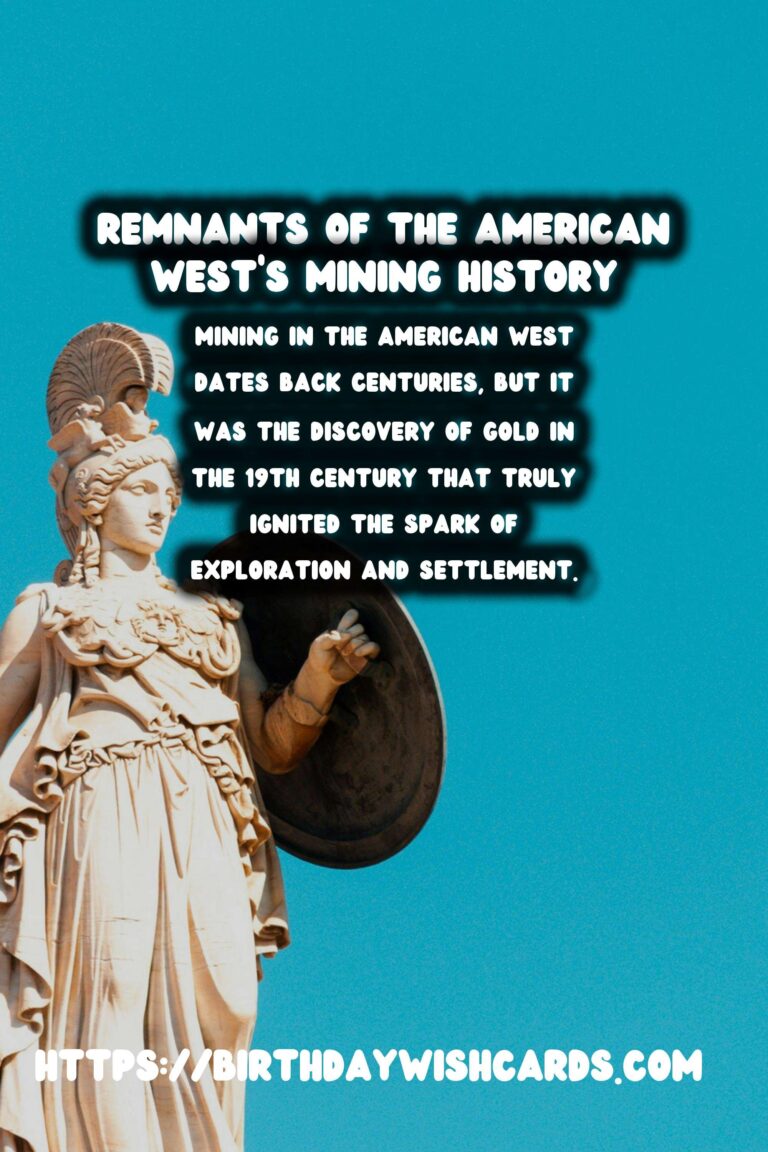
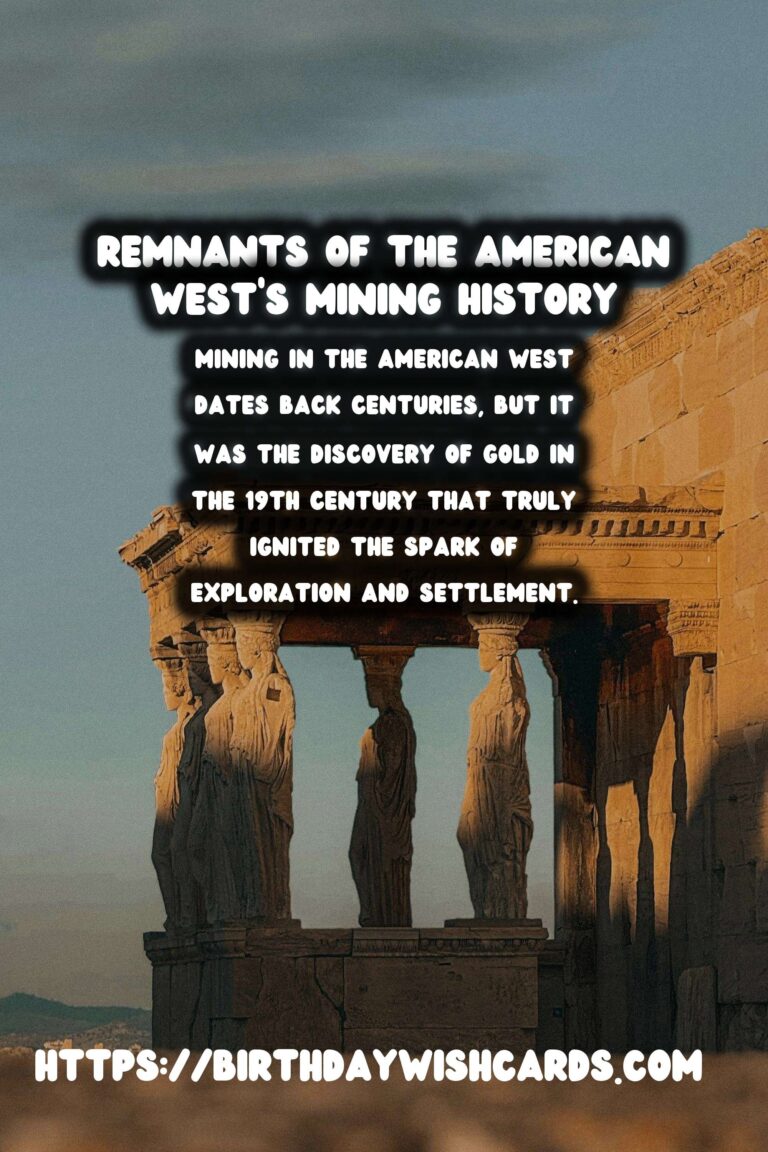
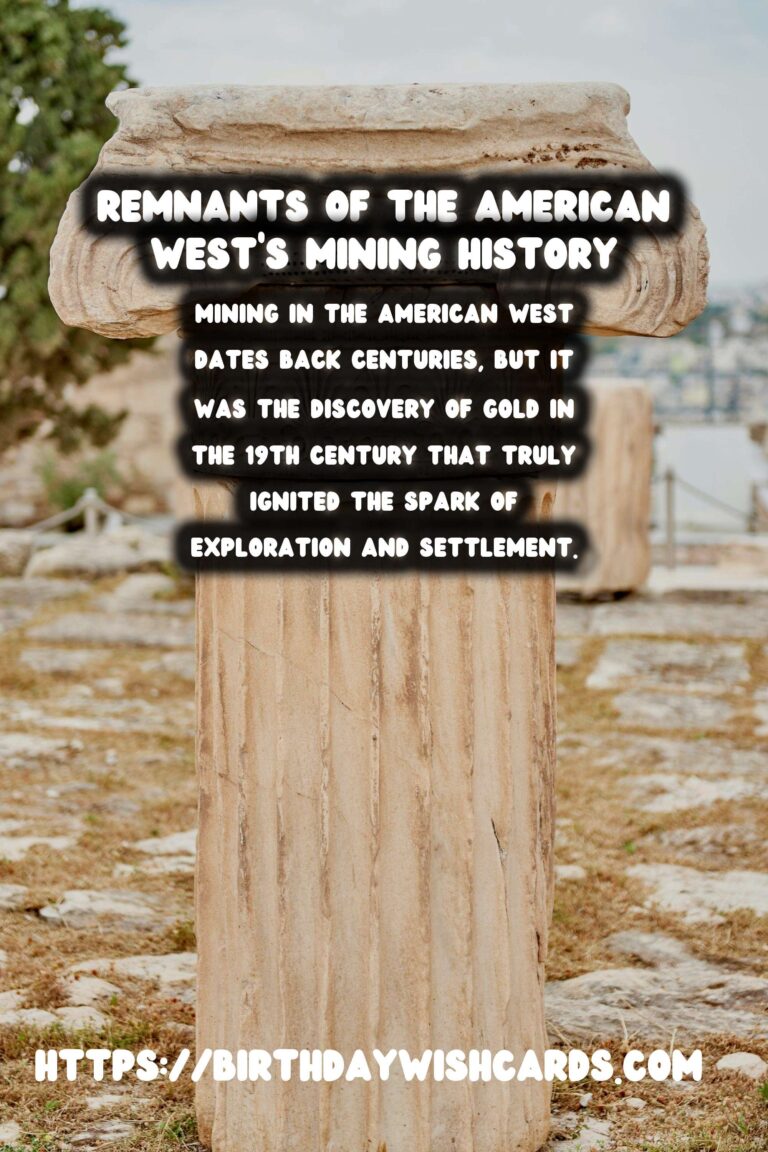
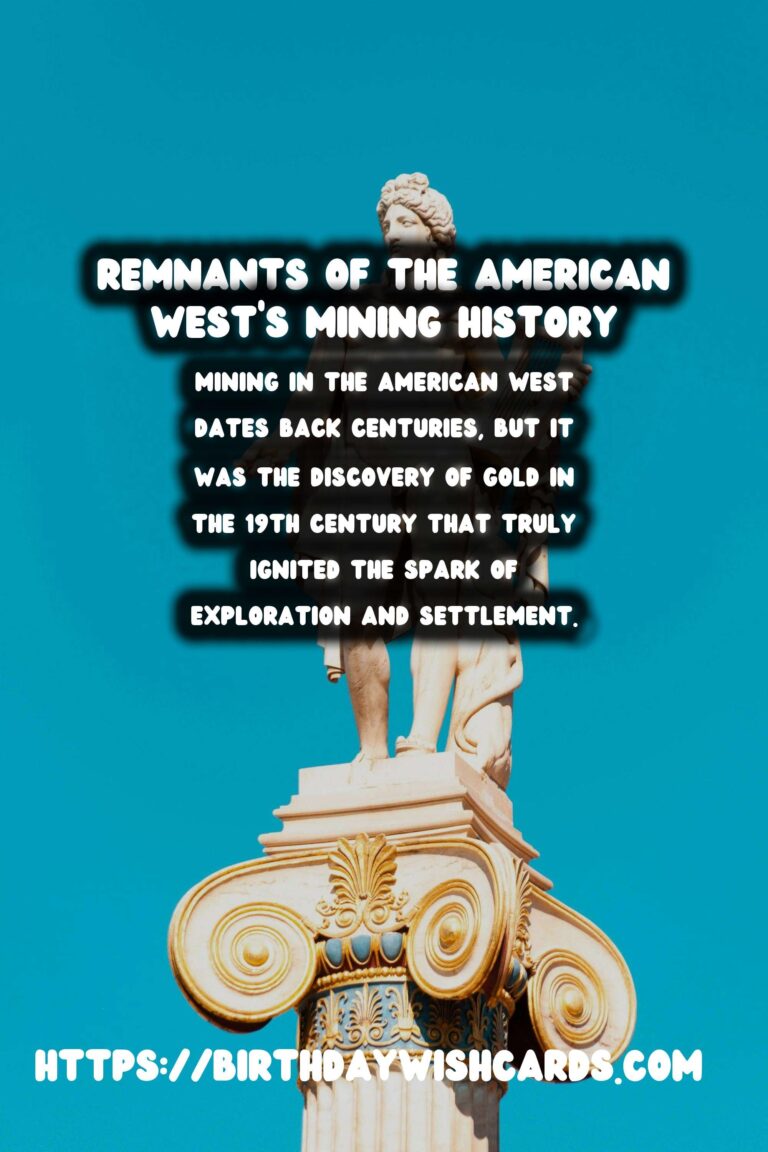
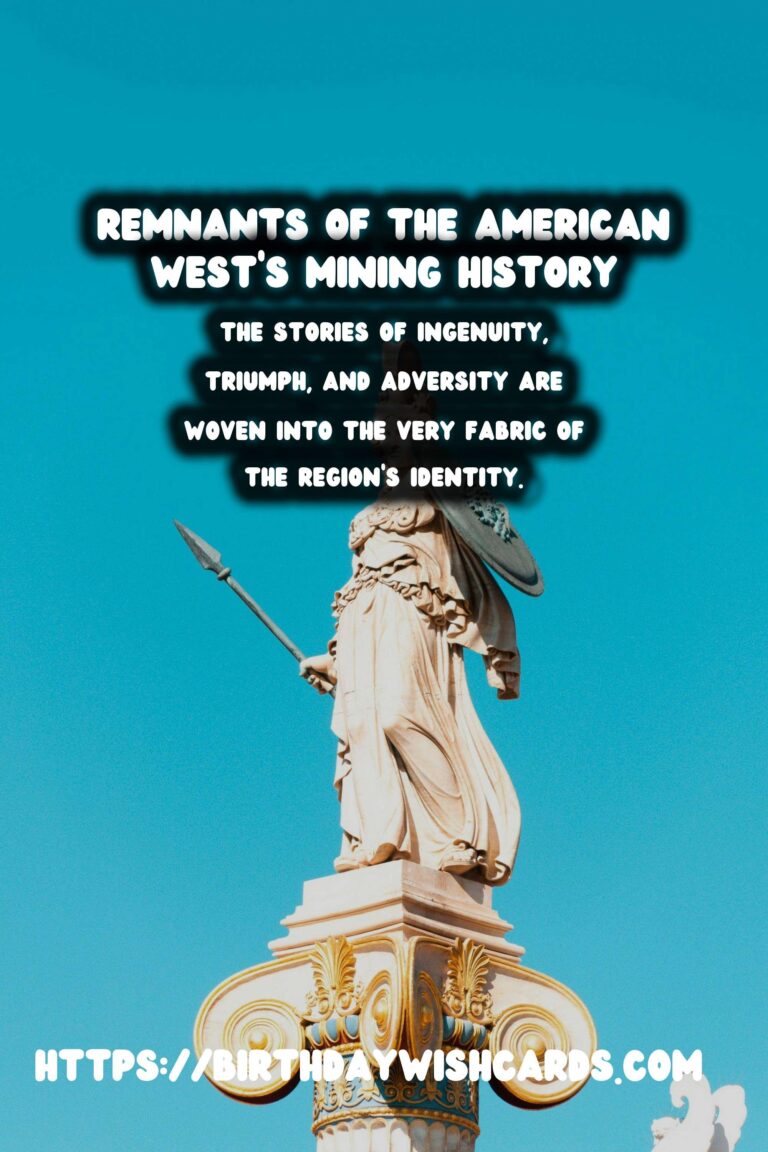
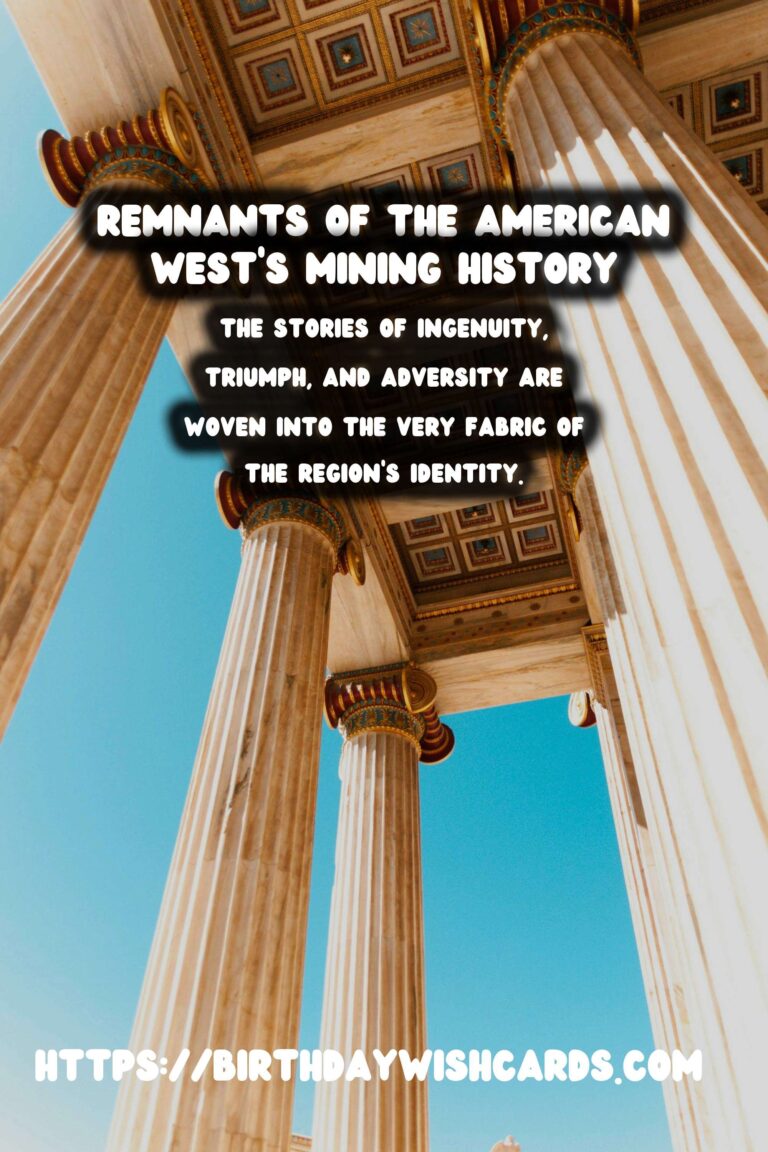
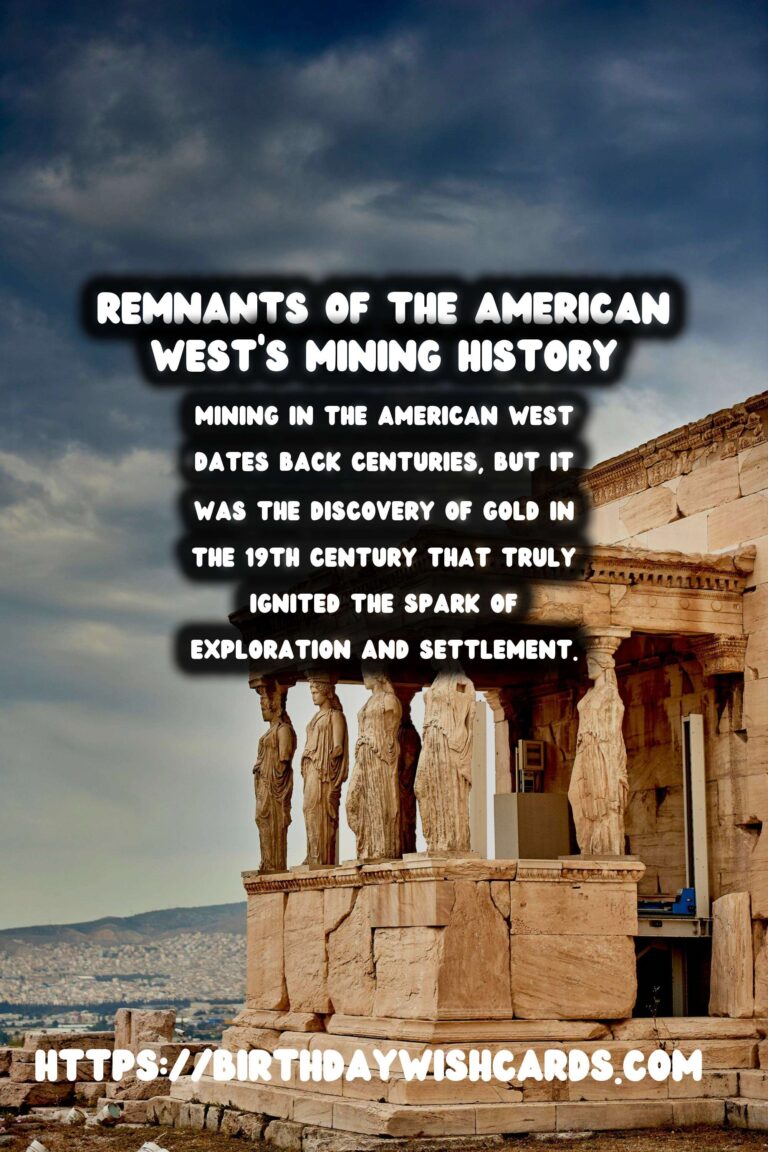
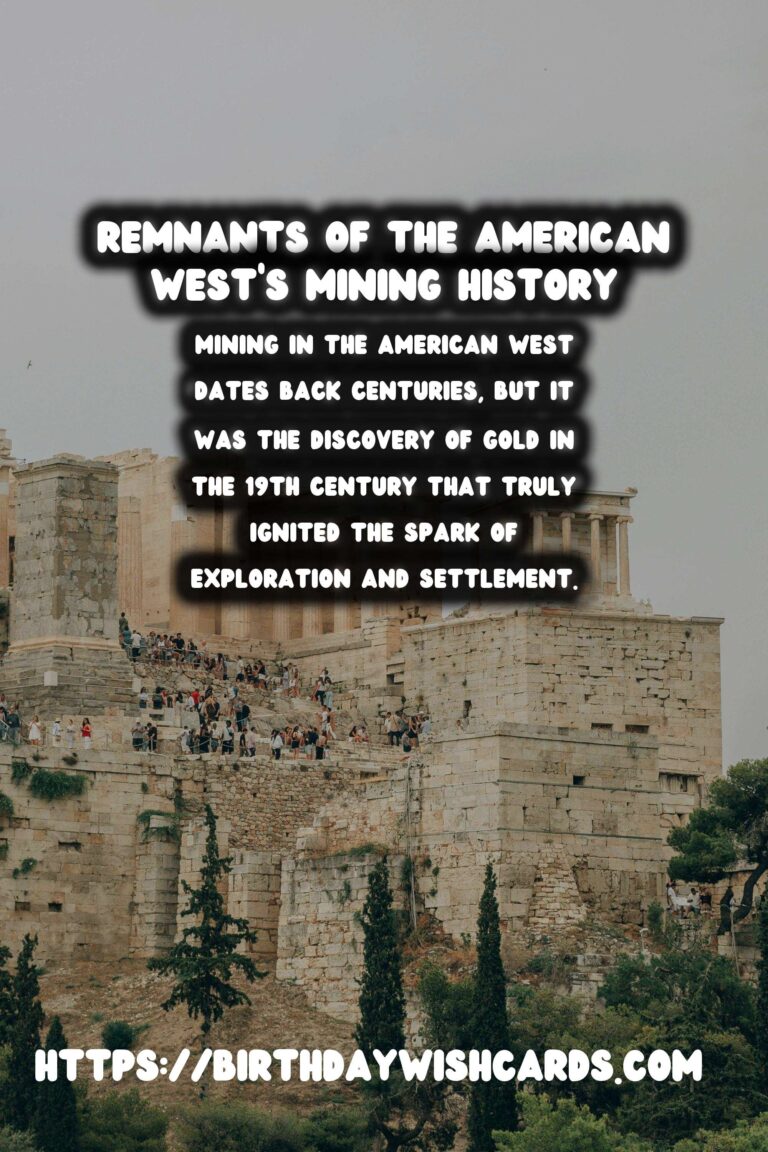
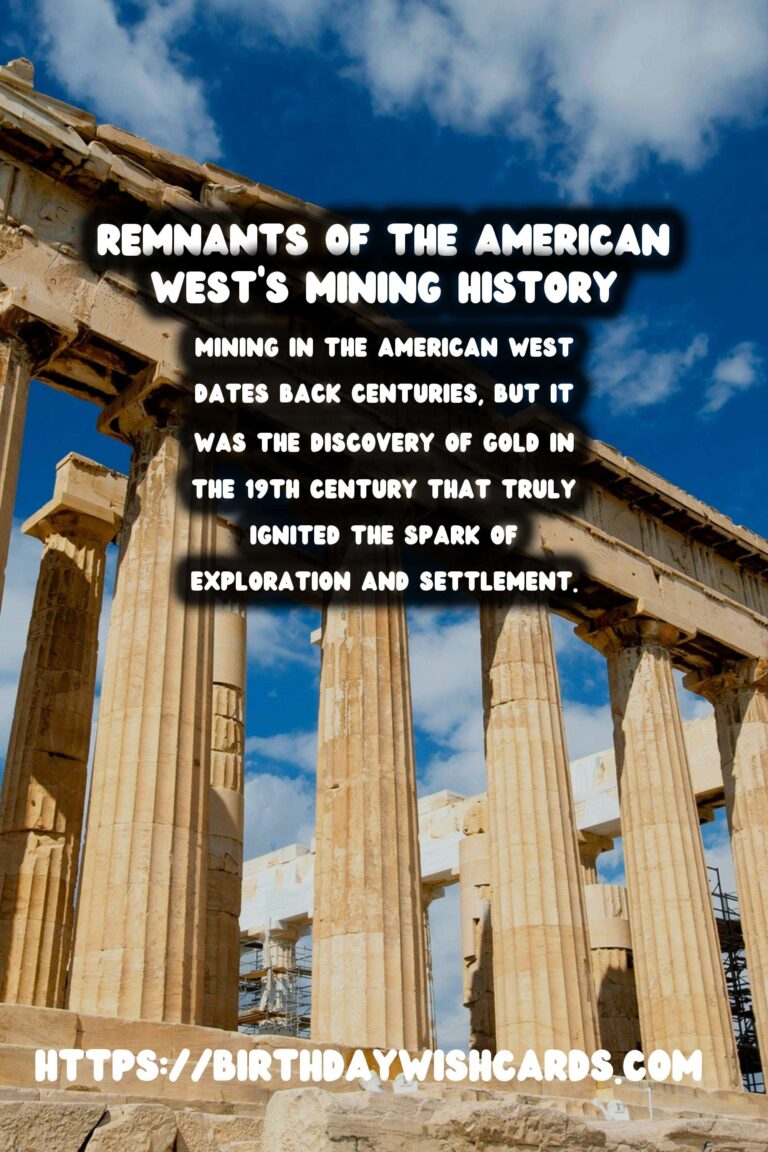
#AmericanWest #MiningHistory




